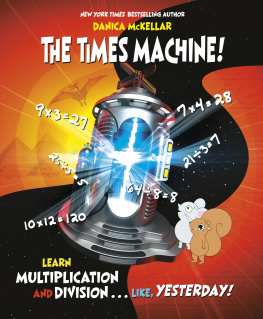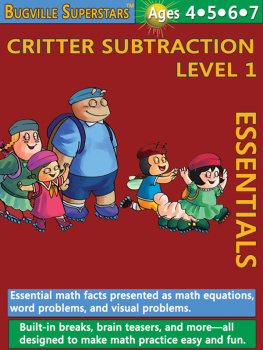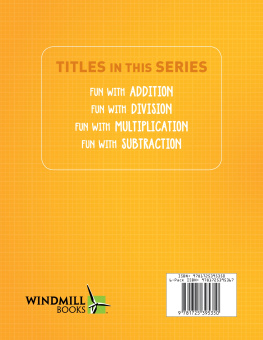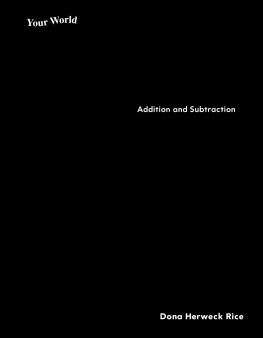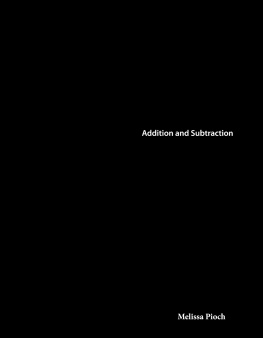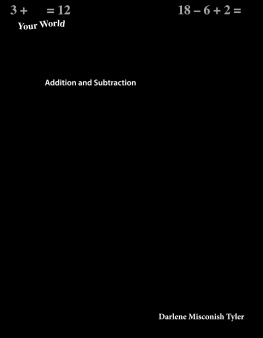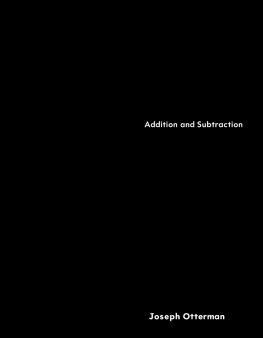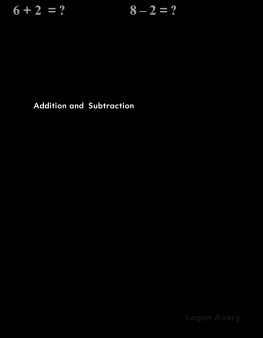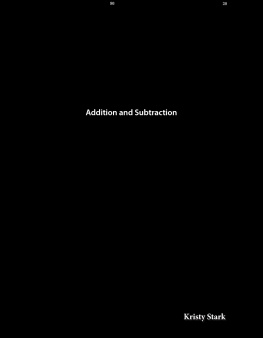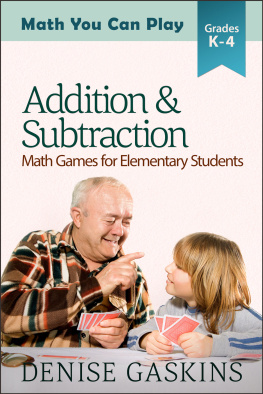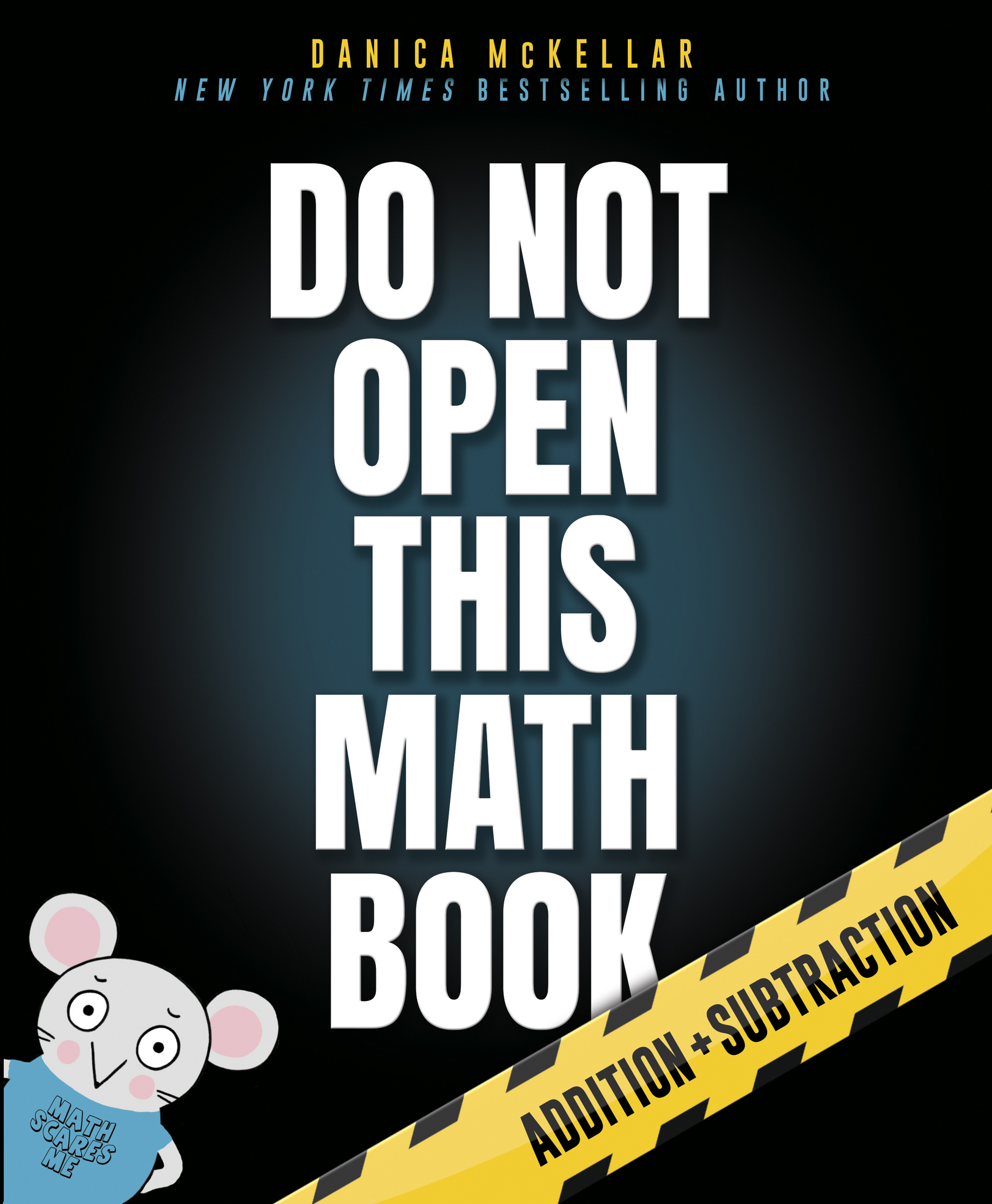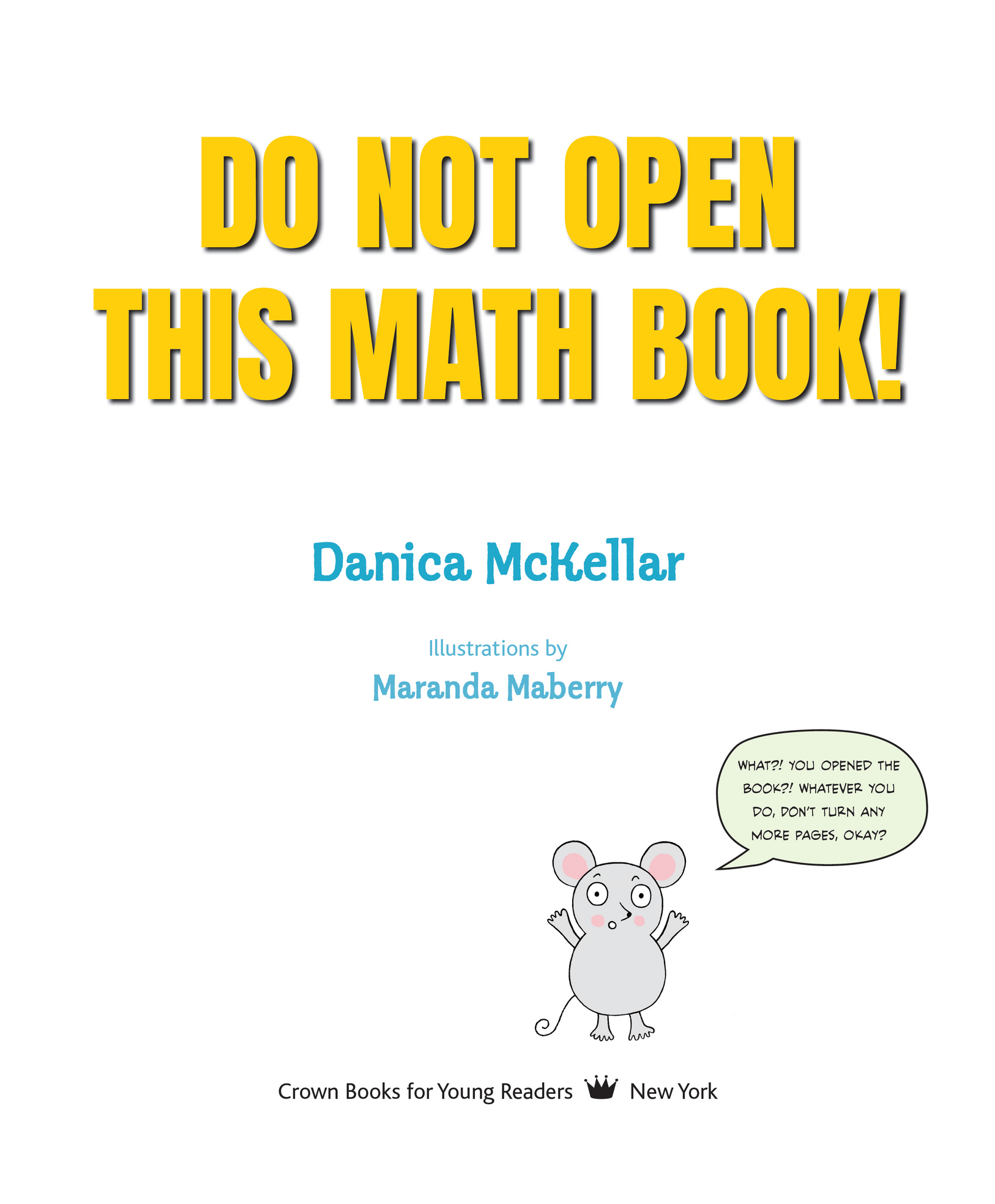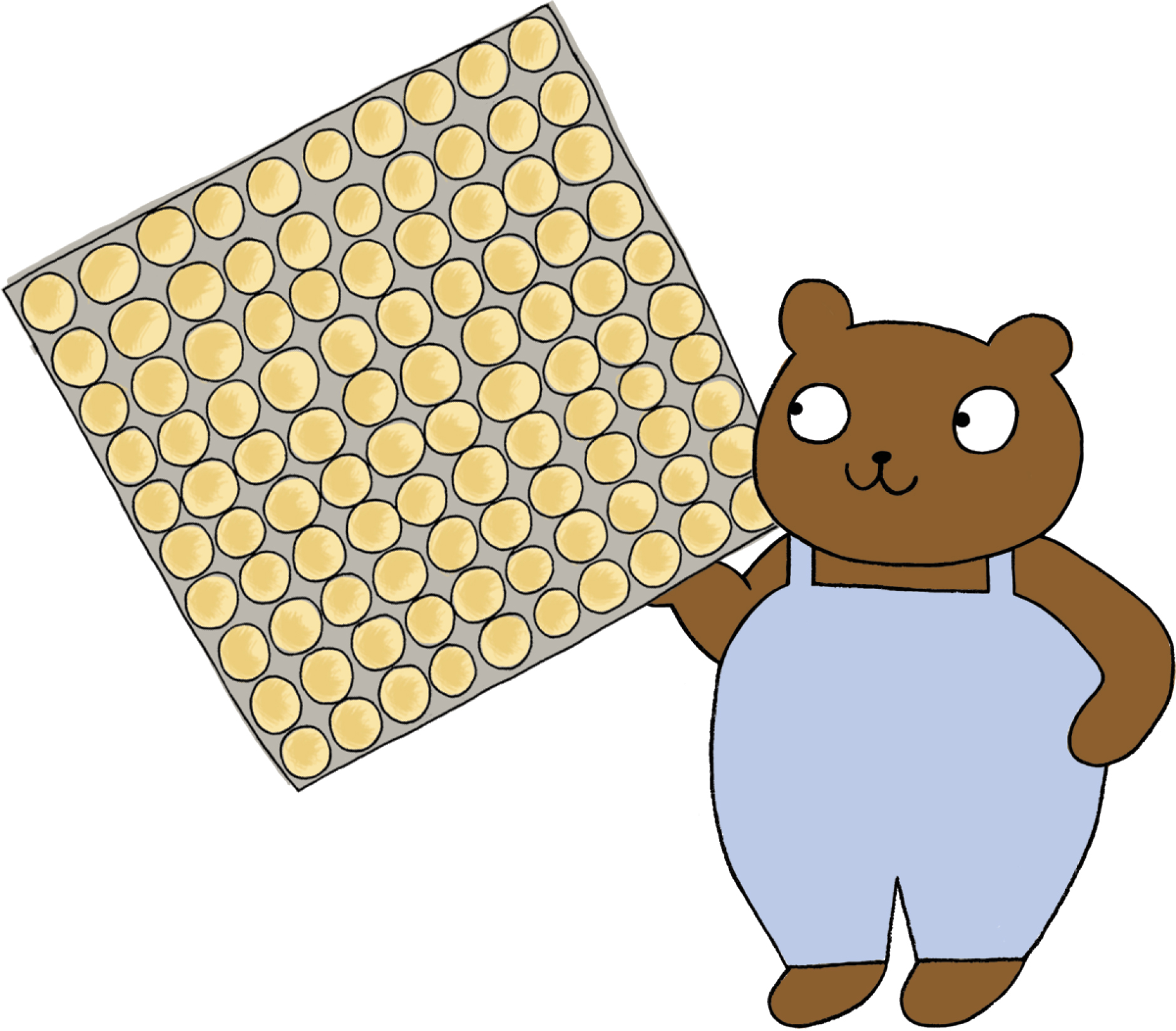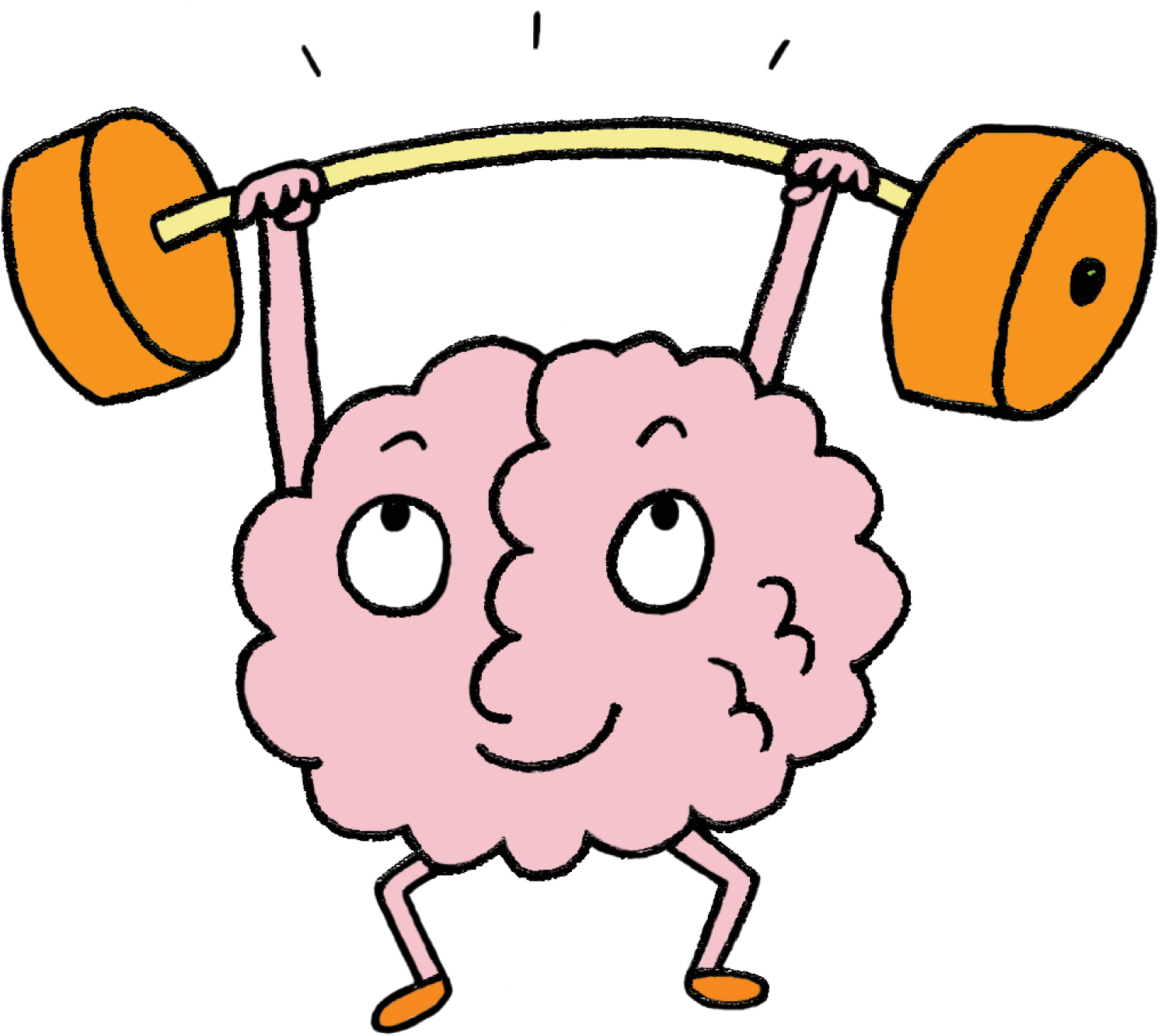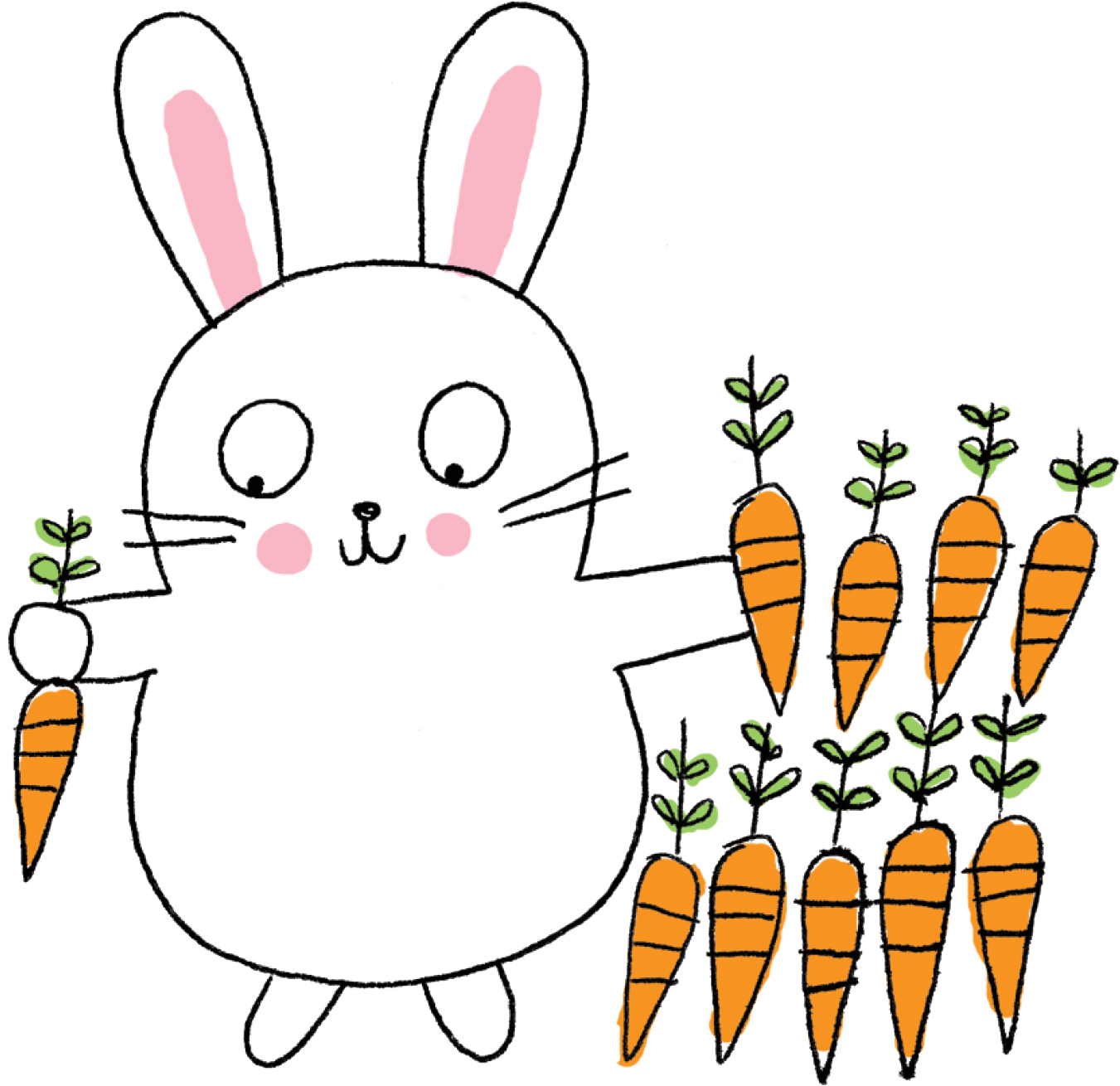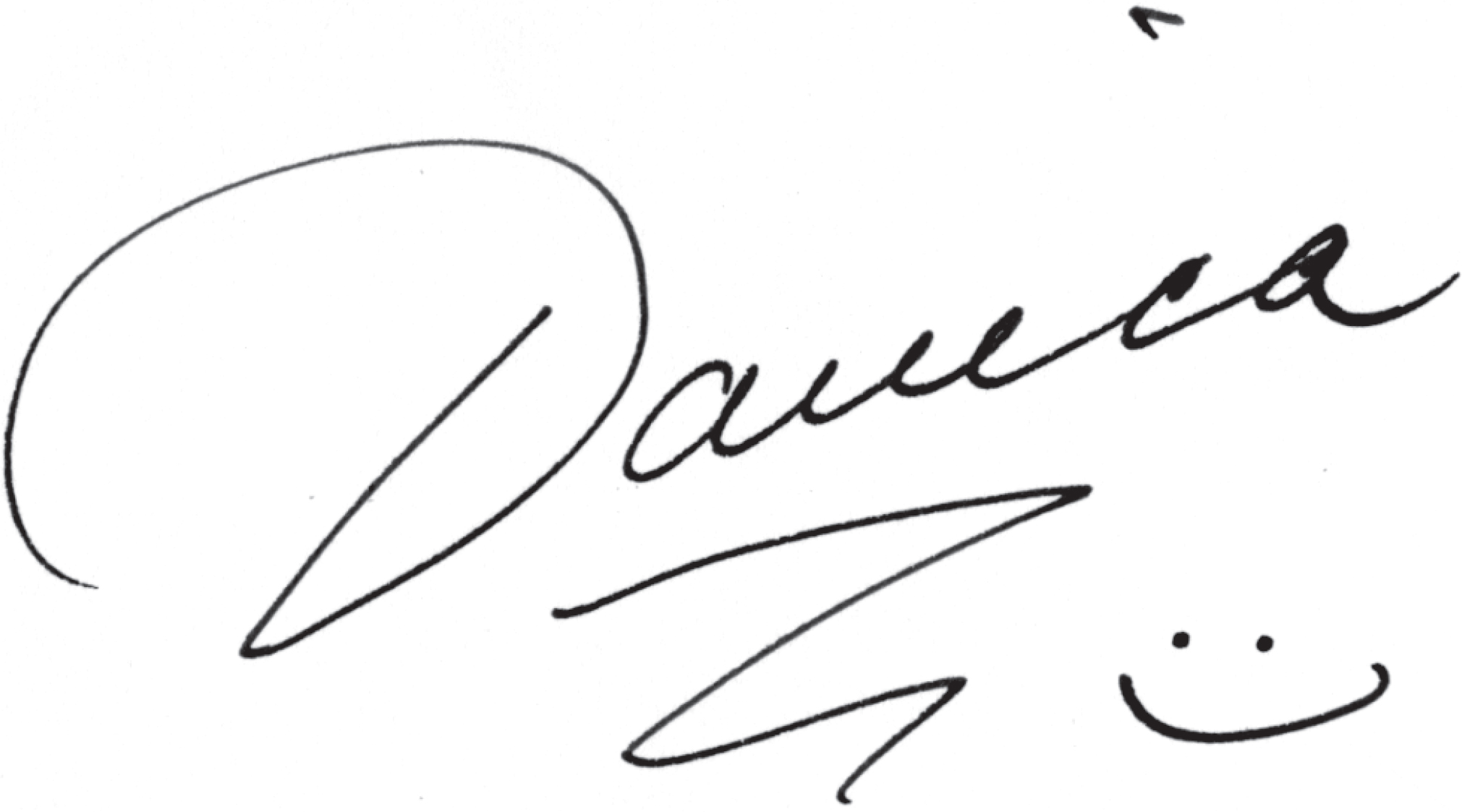Contents
Copyright 2018 by Danica McKellar
All rights reserved. Published in the United States by Crown Books for Young Readers, an imprint of Random House Childrens Books, a division of Penguin Random House LLC, New York.
Crown and the colophon are registered trademarks of Penguin Random House LLC.
Visit us on the Web! rhcbooks.com
Educators and librarians, for a variety of teaching tools, visit us at RHTeachersLibrarians.com
Library of Congress Cataloging-in-Publication Data
Names: McKellar, Danica, author. | Maberry, Maranda, illustrator.
Title: Do not open this math book! / Danica McKellar, illustrated by Maranda Maberry.
Description: First edition. | New York : Crown Books for Young Readers, [2018] | Audience: Ages 69. | Audience: K to grade 3. | Includes index.
Identifiers: LCCN 2017053345 | ISBN 978-1-101-93398-5 (flexibound) | ISBN 978-1-101-93399-2 (glb) | ISBN 978-1-101-93400-5 (epub)
Subjects: LCSH: MathematicsJuvenile literature. | ArithmeticJuvenile literature. | Math anxietyJuvenile literature.
Classification: LCC QA11.2 .M42245 2018 | DDC 513dc23
Random House Childrens Books supports the First Amendment and celebrates the right to read.
v5.3.1
a
To my little boy Draco, whose impish charm inspired the best parts of Mr. Mouse! I cherish introducing you to math concepts like the ones in this book through homeschooling. I love you so much!
As kids, many of us learned addition and subtraction with drills. We werent taught much method, so we came up with our own ways of thinking about it. Some of us would look at 9 + 5 and first change it to 10 + 4 in our heads, some of us would count on our fingers, and some of us would simply memorize that 9 + 5 = 14. As it turns out, if we change 9 + 5 to 10 + 4, were thinking more about the nuts and bolts of whats going on, which is at the heart of the methods being taught in the new math today.
I mean, theres nothing wrong with the idea of a nuts-and-bolts approach, but these days, even first- and second-grade math homework often looks overly complicated, even unrecognizable at timesespecially to parents! Why? Partly because many of the new methods try to re-create subtle thought processes on paper for what could be very simple problems. Often, kids are even asked to think about problems in a certain waywhich may or may not match up with your childs way of thinking.
Is there value in enriching our childrens understanding of these basic math skills beyond pure memorization? Of course! But there is a danger in making things too complicated, and we must remember that every child learns differently.
In this book, I bridge the gap between the straightforward techniques we learned in school and the more involved methods being taught today. Mixed in with the kid-friendly humor and silliness, this book decodes new math techniques and brings the new methods into easy, fun, and familiar territorywith a bonus that your kids math homework wont look so foreign to you in the future! Sometimes its as simple as translating new wordsfor example, in subtraction, instead of borrowing, todays term is ungrouping. Ill also explain how to work with the newer tools like ten frames, number bonds, fact families, and more, in plain (and fun!) language that we can all relate to. When it comes to adding and subtracting, students will be empowered to choose which method to use, or no method at all.
So heres to giving our kids a solid understanding of the basics of addition and subtraction (and number sense!) to prepare them for math success in elementary school, high school, and beyondwhether the new methods are just fads or are here to stay.
Congratulationsand have fun reading this book with your child!
PS: While some advanced readers might enjoy this book alone, most children will benefit from an adult reading it to theman adult who just might have a lot of fun with the antics of Mr. Mouse. 


